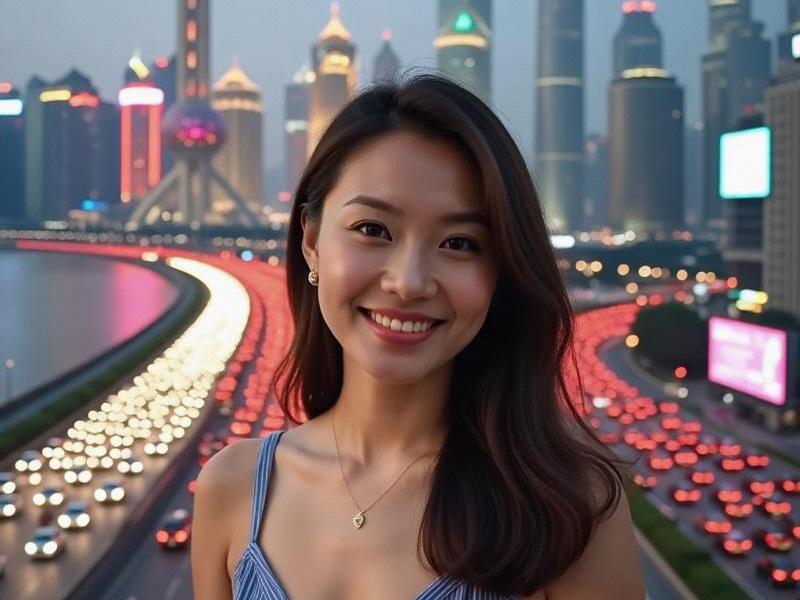
Shanghai's Dual Identity: Where History Meets Hypermodernity
The Huangpu River serves as both physical and metaphorical divide in Shanghai's urban narrative. To its west, the Bund's colonial architecture whispers of 1920s grandeur; to its east, Pudong's digital towers proclaim 21st century ambition. This duality defines China's financial capital as it enters 2025.
Shanghai By the Numbers (2025)
- Population: 27.3 million (3.4 million expats)
- GDP: ¥6.1 trillion ($850 billion)
- Global Financial Center Index rank: 3rd
- Green space per capita: 13.1 m² (42% increase since 2015)
- 5G coverage: 99.7% of urban area
Four Dimensions of Transformation
1. Architectural Innovation
- 58 vertical forest buildings completed
上海神女论坛 - Adaptive reuse of 214 heritage shikumen houses
- Underground city network spans 42km
- Floating cultural centers on Huangpu River
2. Cultural Renaissance
- 172 museums (including 48 digital museums)
- Contemporary art market growth: 31% CAGR
- Hybrid performance venues blending East-West aesthetics
- AI-curated historical exhibitions
3. Technological Leadership
- 6G pilot zones operational
- Municipal AI handles 83% of citizen services
- 220km of autonomous vehicle corridors
夜上海419论坛 - Quantum computing industrial park
4. Sustainable Urbanism
- Carbon emissions down 28% since 2020
- 67% of trips via public transport
- 1,200 urban farms producing 15% of greens
- Circular economy districts reduce waste by 41%
Global Connectivity Benchmarks
- Container port throughput: 49 million TEUs
- 156 international flight routes
- Foreign consulates: 84
- Global talent competitiveness: 1st in Asia
上海水磨外卖工作室 Emerging Challenges
- Housing affordability index at 8.3:1
- Aging population reaches 28%
- Cultural preservation vs development tensions
- Climate resilience infrastructure needs
Vision 2030
- Completion of Yangtze River Delta integration
- Establishment as global R&D capital
- Blueprint for developing world cities
- Living lab for urban tech commercialization
Shanghai's evolution represents more than urban development—it's creating a new paradigm for 21st century cities. As the municipality enters its next phase, it continues to demonstrate how to honor history while embracing transformation.
